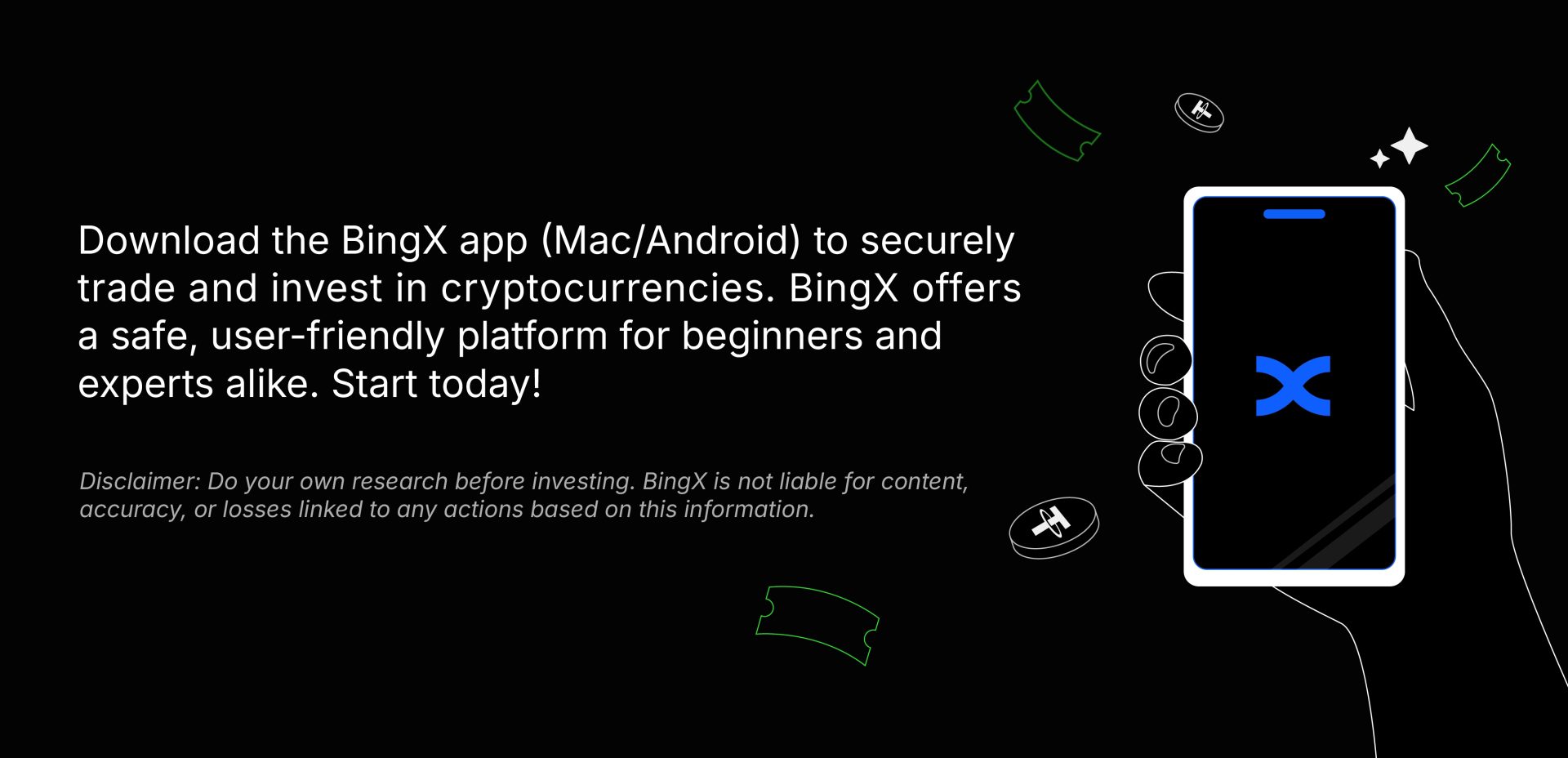Stablecoins have emerged as an innovative financial solution in Brazil, offering stability and efficiency in digital transactions. According to a Chainalysis report, between 2023 and 2024, transactions involving stablecoins in the country grew by more than 200%, highlighting their increasing popularity and adoption as a tool for financial operations and currency risk mitigation.
This accelerated growth reflects the search for safer and more predictable alternatives in the crypto market, especially in a scenario of inflation and currency volatility.
In Brazil, the most commonly used stablecoins include USDT (Tether), USDC (USD Coin), and BUSD (Binance USD), which are widely accepted on exchanges and payment platforms. In addition to being used for international remittances and hedging against the depreciation of the Brazilian real (BRL), these cryptocurrencies are also gaining traction in sectors such as e-commerce and decentralized finance (DeFi), further expanding their utility in Brazil’s digital economy.
The Advantages of Stablecoins in the Brazilian Market
The volatility of traditional cryptocurrencies has always been a challenge for investors and users. Since stablecoins are pegged to stable assets like the U.S. dollar, they offer a secure alternative for transactions and investments, protecting against abrupt value fluctuations.
Additionally, they facilitate international remittances with lower costs and greater speed, eliminating the need for traditional banking intermediaries and uncompetitive fees.
How Do Stablecoins Work?
Stablecoins are cryptocurrencies designed to maintain a stable value, usually backed by assets such as fiat currencies (dollar, euro, real) or commodities (gold). This means that, unlike cryptocurrencies such as Bitcoin or Ethereum, their price does not fluctuate drastically.
For stablecoins pegged to the dollar, such as USDT, USDC, and BUSD, each issued unit is backed by equivalent reserves in dollars or similarly valued assets, ensuring that their price remains close to 1 USD. This stability makes stablecoins a reliable option for transactions, investments, and protection against the depreciation of the real.
BingX: Facilitating Access to Stablecoins in Brazil
BingX, one of the world’s leading cryptocurrency exchanges, recognizes the importance of stablecoins in the global financial landscape, particularly in Brazil. To meet the growing demand, the platform offers a robust and secure infrastructure for trading these assets, enabling Brazilian users to buy, sell, store, and manage stablecoins with ease.
Furthermore, BingX provides advanced options for those looking for more than just simple transactions, including stablecoin staking, which allows users to generate passive income while keeping their capital in dollar-pegged assets.
With a comprehensive ecosystem, BingX provides access to leveraged trading, allowing traders to use stablecoins as margin for trading strategies without converting to volatile currencies. Additionally, the platform features a copy trading system, which enables users to follow and automatically replicate the trades of experienced traders — an excellent option for beginners looking to learn and profit from stablecoins in a practical way.
Conclusion
The use of stablecoins in Brazil not only enhances transaction efficiency but also promotes greater economic freedom. They enable individuals and businesses to diversify their assets, protect against inflation, and access international markets without traditional barriers. This democratization of financial access represents a significant step toward a more inclusive and resilient economy.
Stablecoins are redefining Brazil’s financial landscape, offering practical solutions to longstanding challenges. With the support of platforms like BingX, Brazilians have effective tools at their disposal to harness the benefits of these stable digital currencies, fostering greater integration with the global economy and strengthening their financial freedom.
